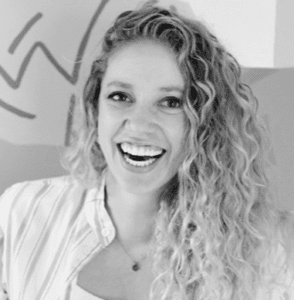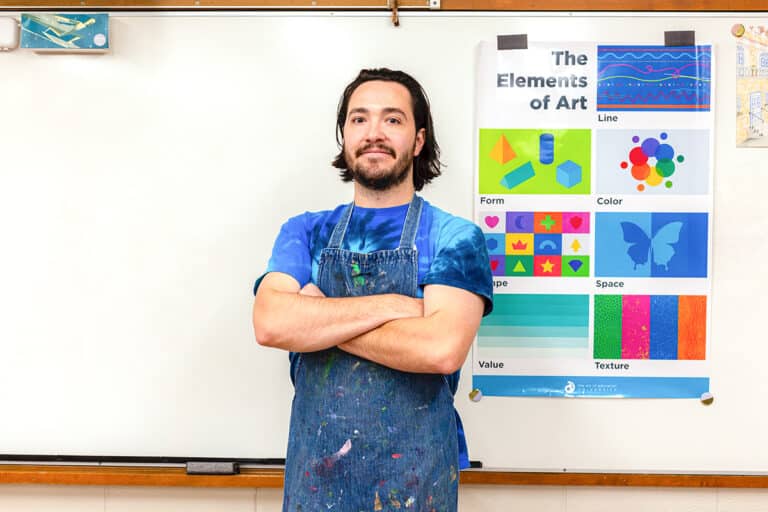Art teachers are artists! It’s a fact.
We are creative people who love to be covered in clay or to dip a brush in a fresh set of watercolors. But, sometimes, the only time we get to make art is when we’re working on something for school. Often, our personal artmaking takes a back seat.
But don’t fret—summer is the perfect time to find your artistic voice again!
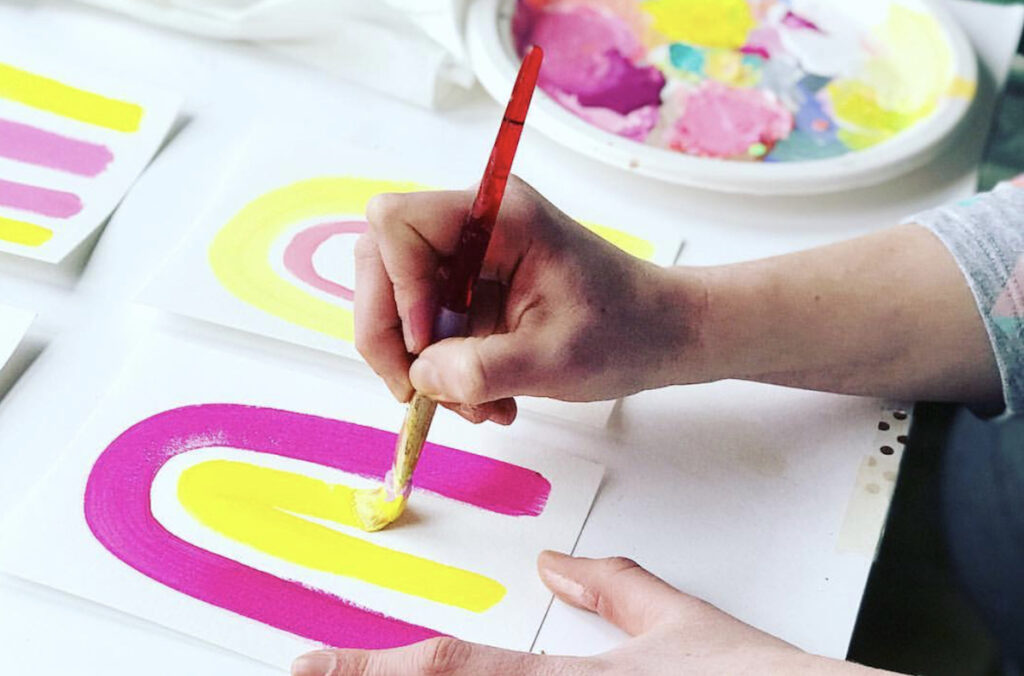
It’s time to model our love for art by being artists ourselves.
Student: “Art is my favorite subject! I love it so much!”
Me: “Dude, ME, TOO!”
This is just one example of a conversation I have with students daily. Think about it. When was the last time you sat down and made something that wasn’t a lesson example? Whether it was last week or three years ago, summer is the perfect time for a fresh start.
Sometimes all it takes is finding a reason to create to get back to doing what you love.
A recent art market gave me a reason to create. One of my student’s families owns a barn where they were planning an art market for local vendors to sell their creations. As their child’s art teacher, the parents asked if I wanted to participate and sell some of my own art. I happily agreed. Then, I instantly thought, “Wait, what is my art? What do I enjoy creating? What do I want my artistic voice to say?” The art market was the motivation I needed to have a reason to create again.
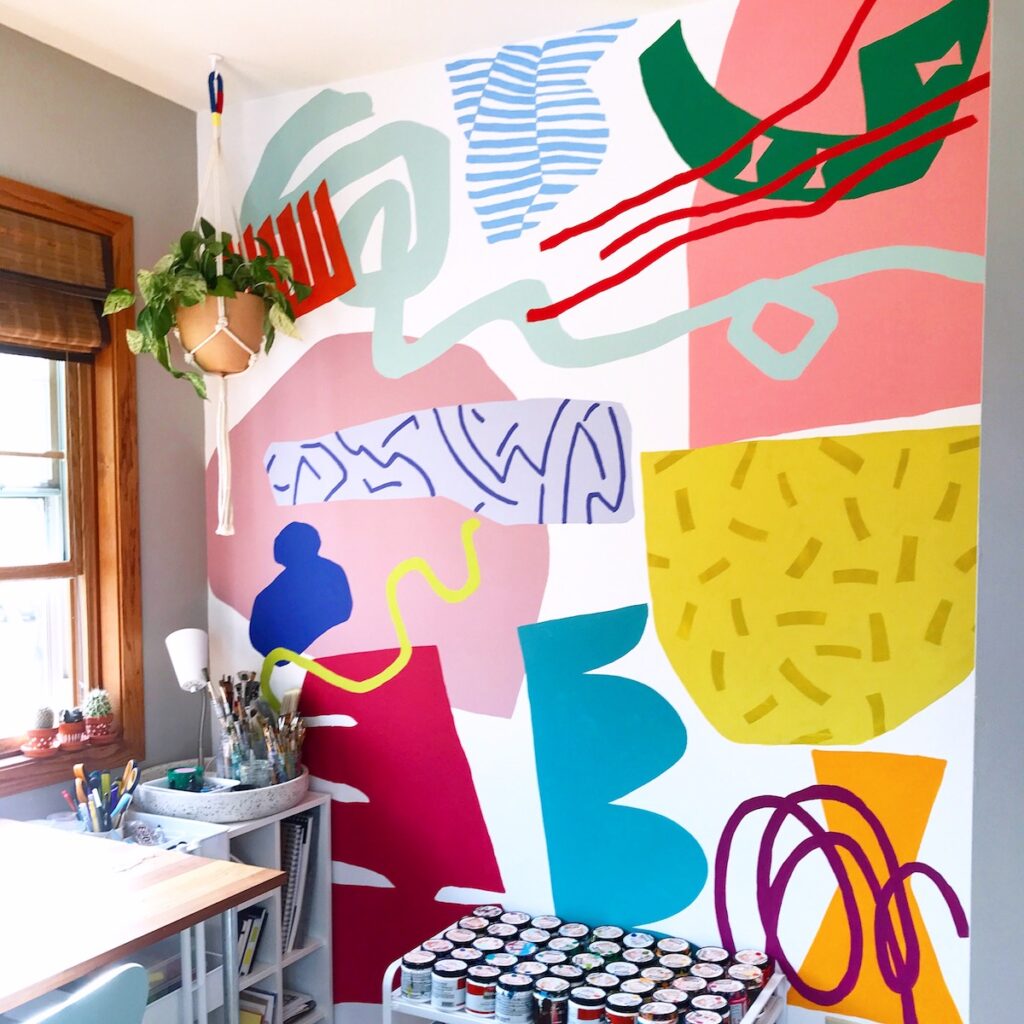
Now, I make what I love. I spend more time in my studio space and get excited to work with new materials. And, let me tell you, it is therapeutic. It is energizing and rewarding. It’s truly a wonderful thing to feel like an art teacher and an artist. After all, isn’t that what we tell our students? You are an artist, we say. Change the words just a little and say it again to yourself….I AM AN ARTIST.
If you are having a hard time getting started, try one of these 5 challenges!
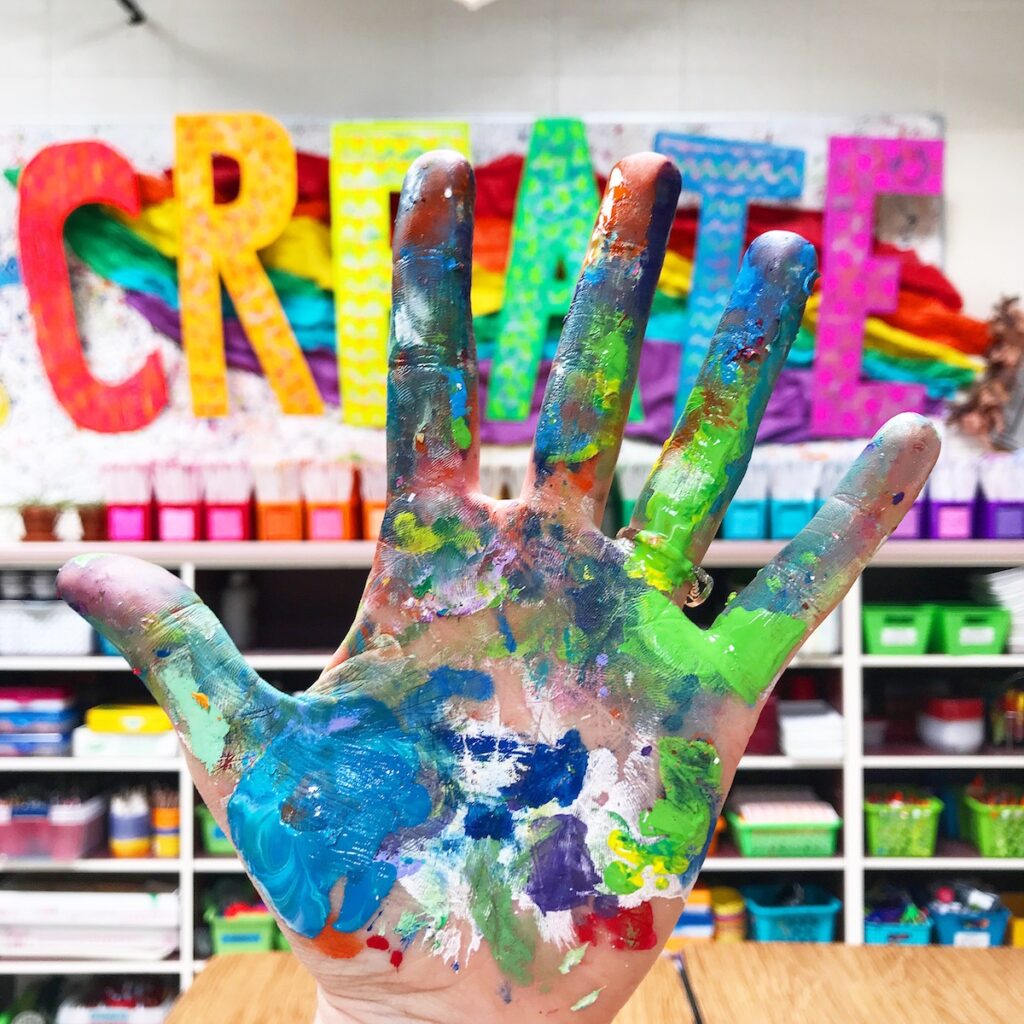
1. Scout your classroom.
Find an unopened package of art materials in your classroom or studio space and finally use it.
“Oh, these fancy metallic crayons from who knows when…looks like it’s time to play!”
2. Make a space.
Don’t have a studio? Use your artistic skills to create a designated art area.
“News flash everyone…this corner of the basement is now my art space!”
3. Create a habit.
Start an art log or journal! It doesn’t need to be complicated, just something you are dedicated to using.
“Everywhere I go, I’m going to bring this pink pen and a tiny sketchbook. One drawing a day, that’s my goal!”
4. Swap your work.
Participate in an art swap. Reach out to an artist friend and ask to do an art trade!
“Hey, friend! I love your art and have been wanting to work more on my own art, are you interested in making a piece of art for each other and trading? I think it would be fun!”
5. Do a giveaway.
Make a piece of art for a giveaway among your friends or students!
“I made this really cool painting but don’t really have a space for it. The process of creating was awesome, but now, I’d love to give it to someone who wants it!”
For example, during our school-wide art show, this painting was on display in our mini marketplace, and attendees of the show could enter to win the painting!
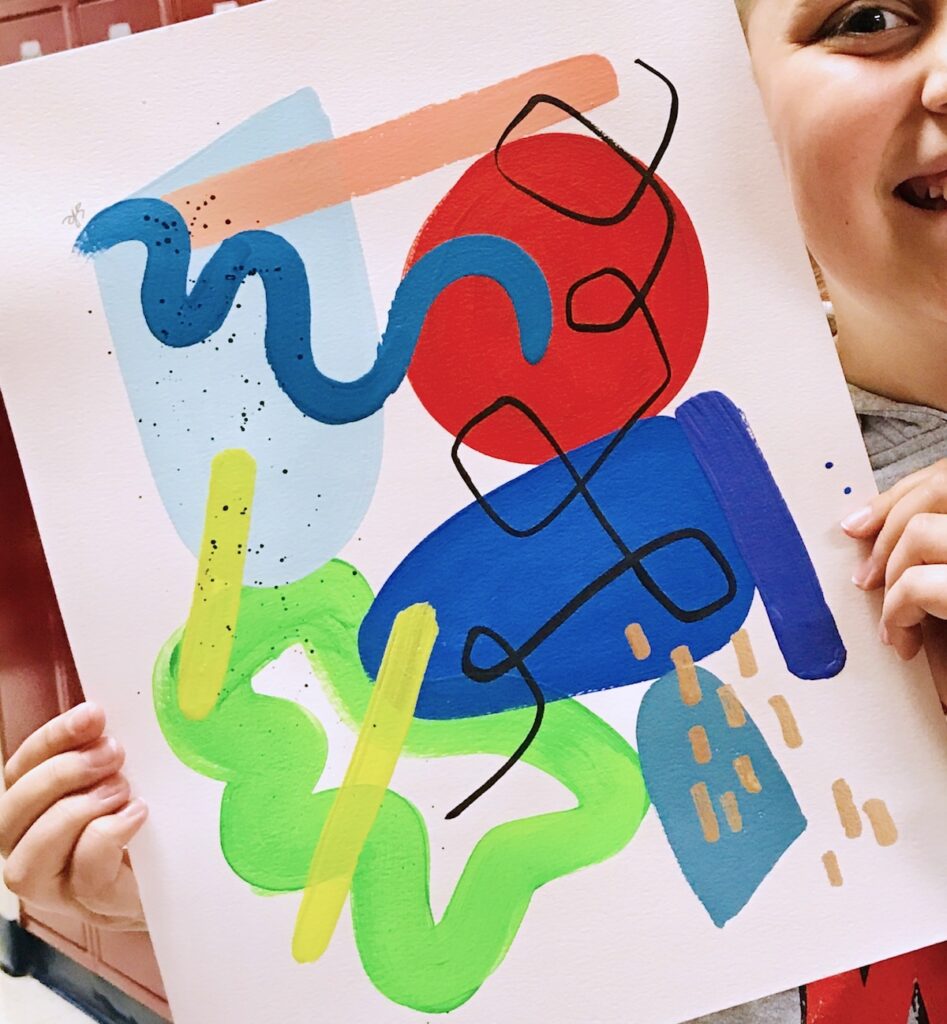
Delivering one of my paintings to a 4th-grade student and seeing her literally jump for joy was a pretty awesome reason to create.
There are so many benefits to creating your own art this summer!
One of my favorite books to inspire and encourage artists is Steal Like An Artist: 10 Things Nobody Told You About Being Creative by Austin Kleon. It’s a refreshing reminder about just doing; pulling inspiration from many places and making things! This book helped me work through questions I had about my style and interacting with others. It was jam-packed with ideas about how to get started.
We were all born with the desire to express ourselves. For some of us, it comes naturally to do this through drawing, telling stories, or dancing. The benefits of expressing yourself in any way make your daily experience richer and relieve stress. Check out some reasons why the mental health benefits of creating art are for everyone.
Whether it’s been a while since you’ve made something of your own or you are constantly creating, always remember that YOU are an artist.
What are some materials that you’ve always wanted to experiment with?
How often do you create art during your summer?
Magazine articles and podcasts are opinions of professional education contributors and do not necessarily represent the position of the Art of Education University (AOEU) or its academic offerings. Contributors use terms in the way they are most often talked about in the scope of their educational experiences.

